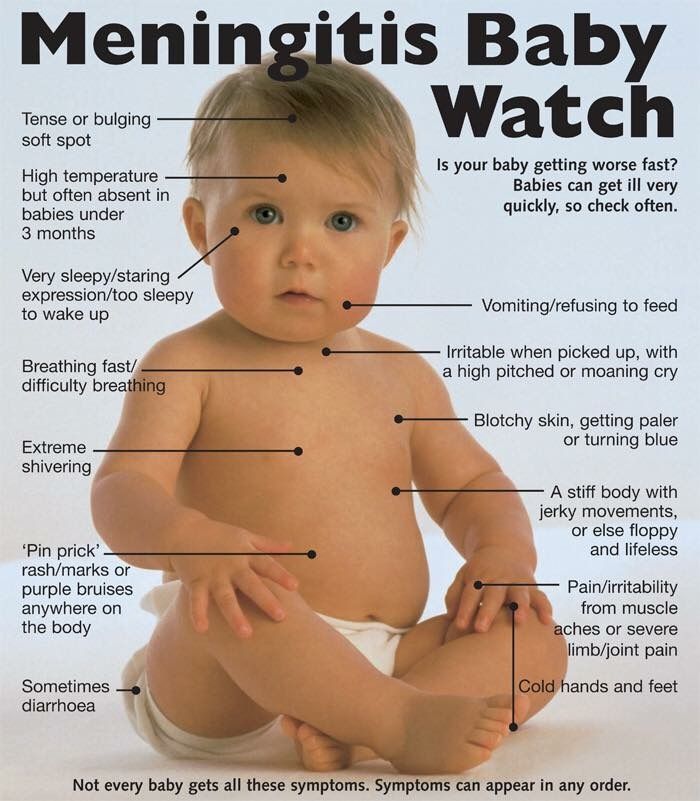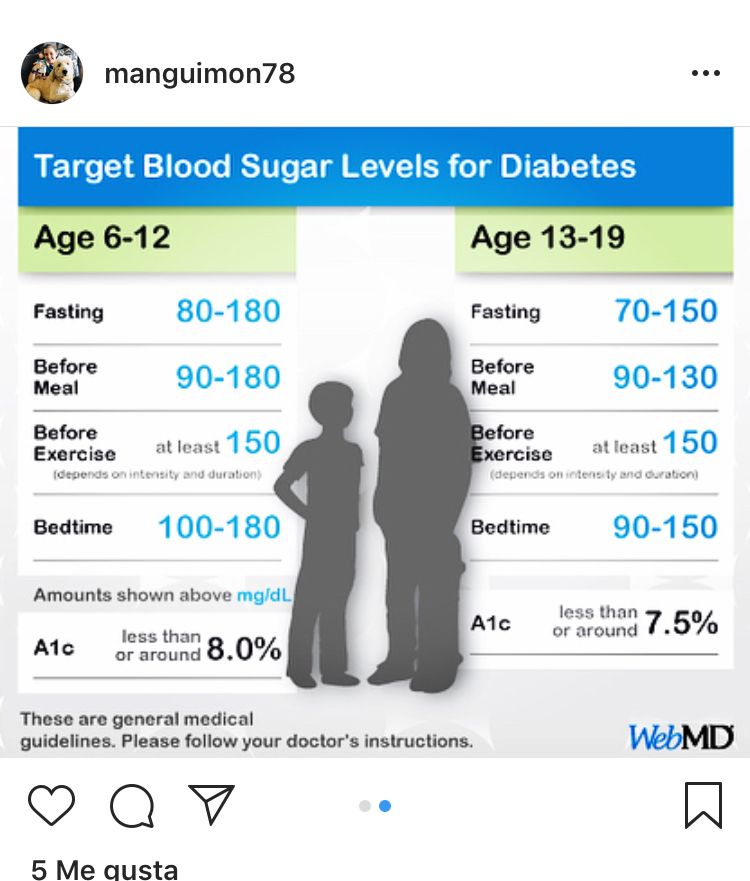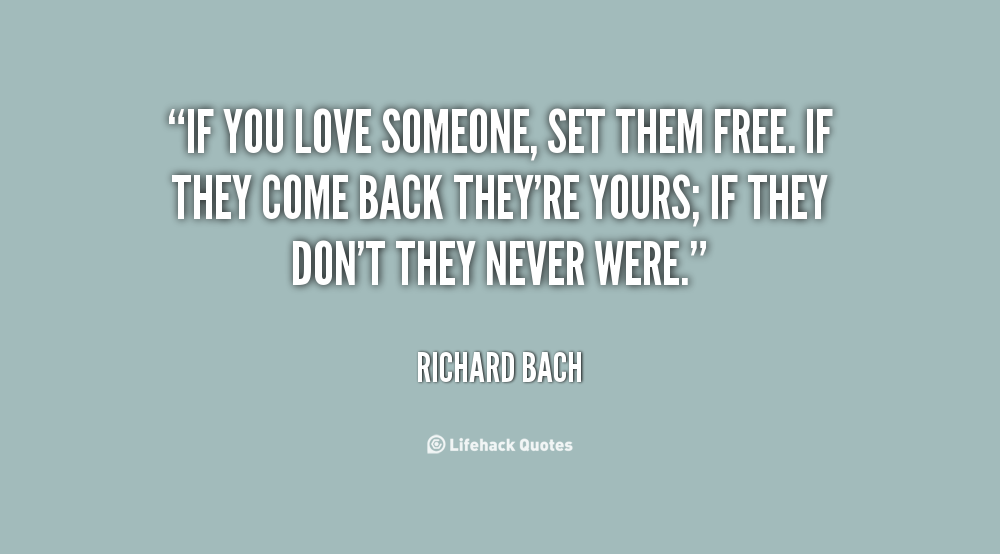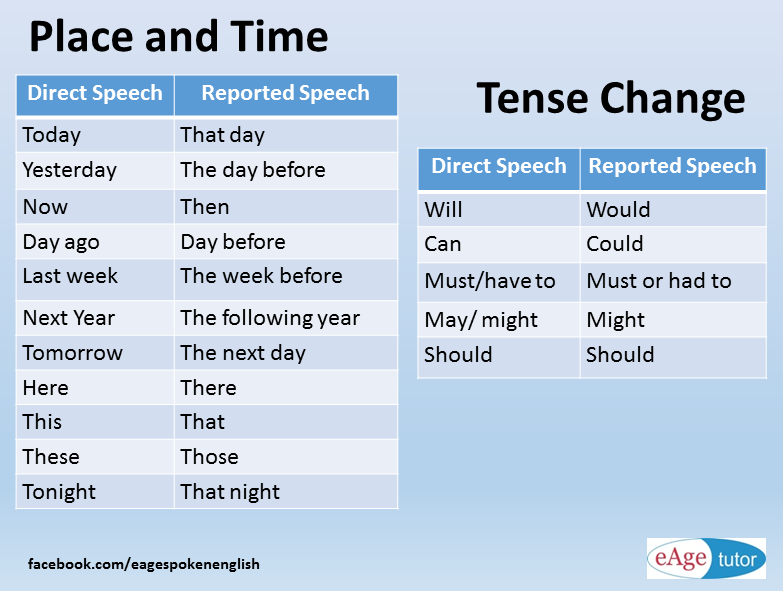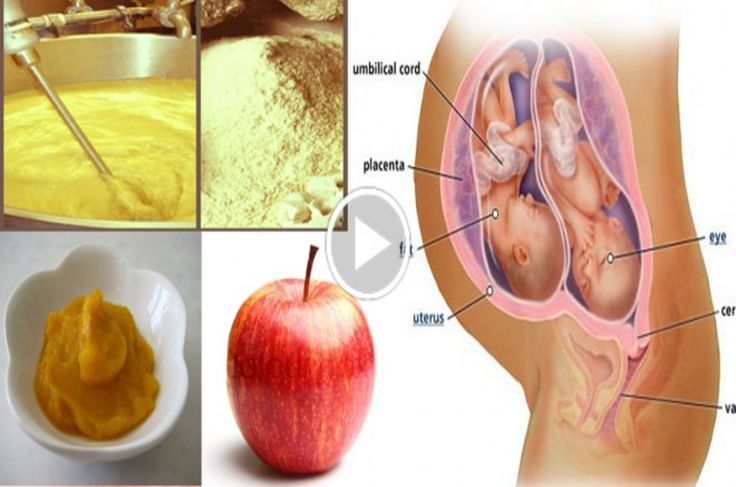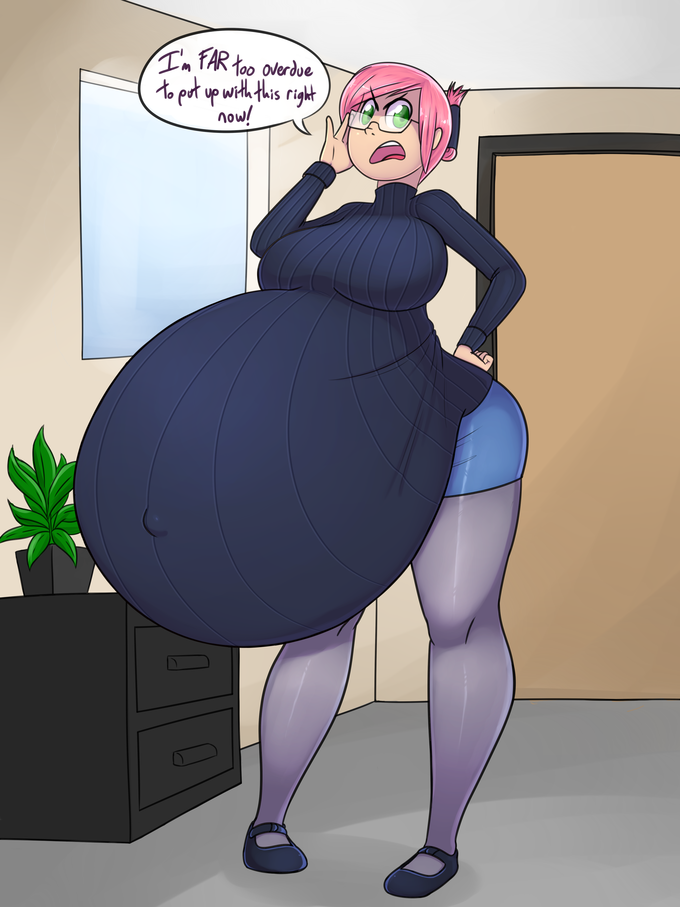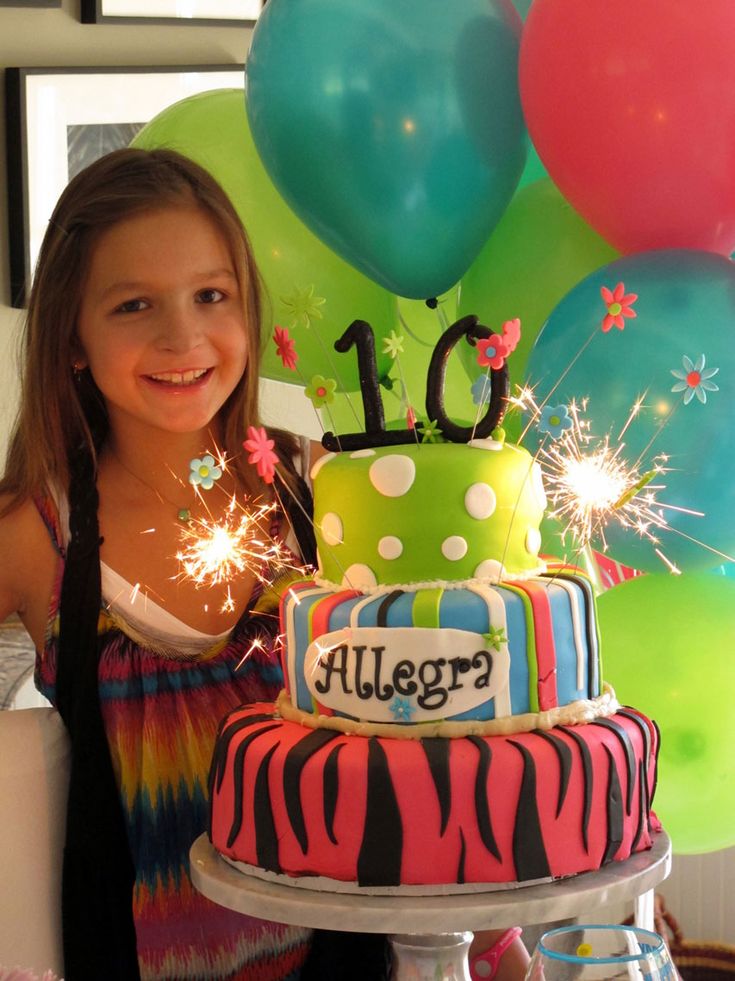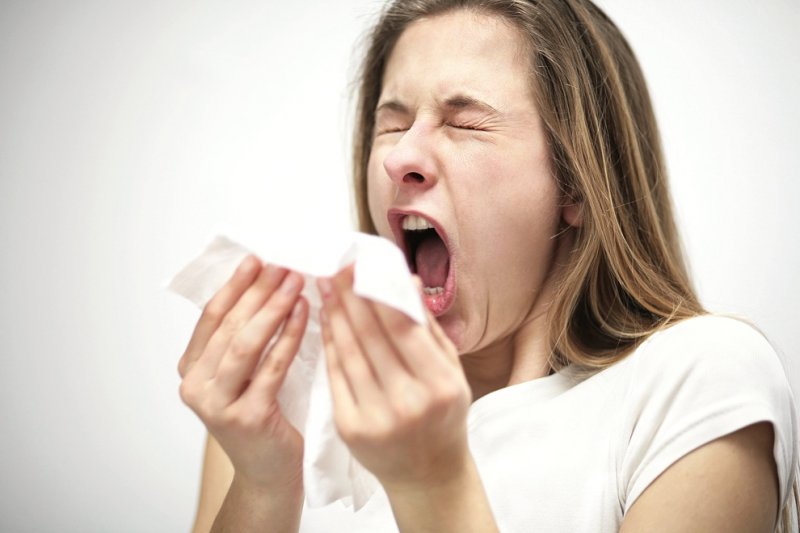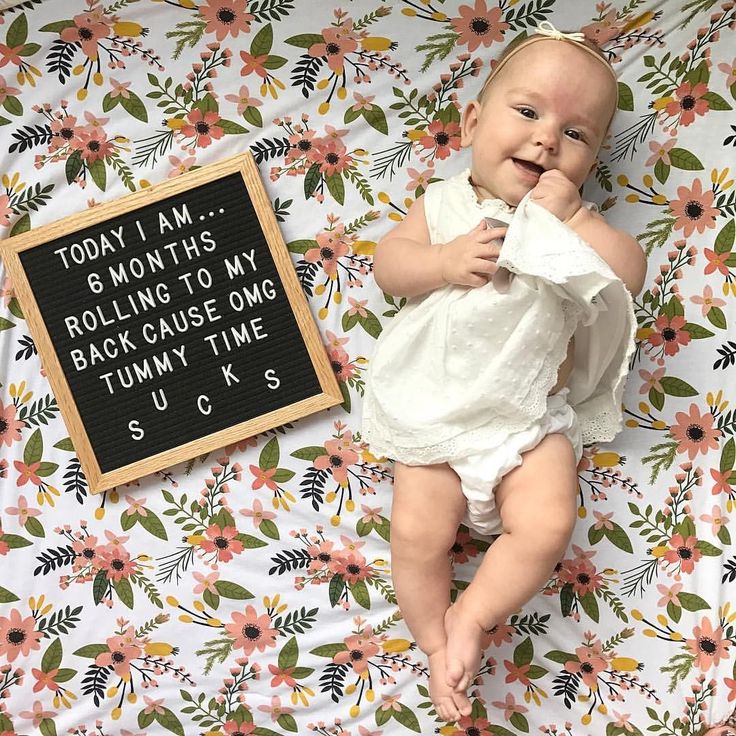Rashes and babies
Nappy rash - NHS
Nappy rash is common in babies and can usually be treated at home.
Check if your baby has nappy rash
Symptoms of nappy rash can include:
- red or raw patches on your baby’s bottom or the whole nappy area
- skin that looks sore and feels hot to touch
- scaly and dry skin
- an itchy or painful bottom
- your baby seeming uncomfortable or distressed
- spots, pimples, or blisters on bottom (spots can appear red or brown, but may be less noticeable on brown and black skin)
Credit:
HOUIN / BSIP / SCIENCE PHOTO LIBRARY: https://www.sciencephoto.com/media/615341/view
Things you can do to help with nappy rash
Nappy rash can be treated and prevented by following some simple advice.
Do
-
change wet or dirty nappies as soon as possible
-
keep the skin clean and dry – pat or rub the skin gently to dry it
-
leave nappies off when possible
-
use extra absorbent nappies
-
make sure your baby's nappies fit properly
-
clean your baby’s skin with water or fragrance-free and alcohol-free baby wipes
-
bath your baby daily (but not more than twice a day, as washing too much can make the skin dry out)
-
use olive oil to remove nappy rash ointment rather than water
Don’t
-
do not use soaps, baby lotion or bubble bath as they can irritate the skin
-
do not use talcum powder or antiseptics on nappy rash
-
do not put nappies on too tightly as it can irritate the skin
A pharmacist can help with nappy rash
If the rash is causing your baby discomfort, a pharmacist can recommend a nappy rash cream or medicine to treat it at home.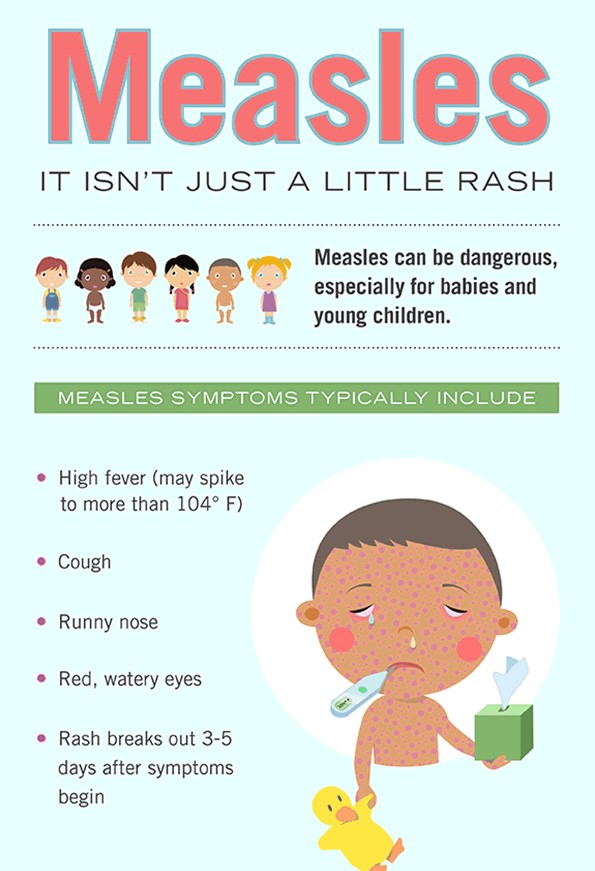
They may suggest using a thin layer of a barrier cream to protect the skin or giving your baby child's paracetamol for pain relief (only suitable for babies over 2 months old).
Non-urgent advice: See a health visitor or GP if:
- your baby's nappy rash does not go away, gets worse or spreads to other areas
- your baby has a high temperature
- your baby seems very uncomfortable
Treatment for nappy rash
A GP may prescribe treatment if your baby is in a lot of discomfort or they think your baby might have an infection.
They may prescribe:
- a steroid cream or ointment to help with redness and soreness
- an antifungal cream, if they think your baby has a thrush infection
- antibiotics, if they think your baby has a bacterial infection
Causes of nappy rash
It's normal for babies to sometimes get nappy rash.
It can be caused by:
- your baby's skin being in contact with pee or poo for a long time
- not cleaning the nappy area or changing the nappy often enough
- the nappy rubbing against your baby's skin
- an allergic reaction to soap, detergent or bubble bath
- irritation from fragranced baby wipes or wipes containing alcohol
- some types of medicines, such as antibiotics or laxatives (used to make a baby poo more often)
- thrush (a fungal infection)
Page last reviewed: 1 January 2023
Next review due: 1 January 2026
Slapped cheek syndrome - NHS
Slapped cheek syndrome (also called fifth disease) is common in children and should get better on its own within 3 weeks. It's rarer in adults, but can be more serious.
Check if it's slapped cheek syndrome
The first sign of slapped cheek syndrome is usually feeling unwell for a few days.
Symptoms may include:
- a high temperature
- a runny nose and sore throat
- a headache
Credit:
SCIENCE PHOTO LIBRARY https://www.sciencephoto.com/media/550792/view
A few days later, a spotty rash may appear on the chest, arms and legs. The rash can be raised and itchy. It may be harder to see on brown and black skin.Credit:
John Kaprielian/SCIENCE PHOTO LIBRARY https://www.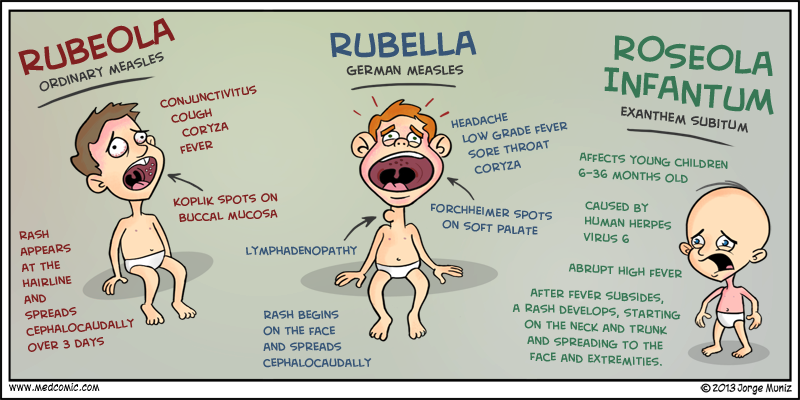 sciencephoto.com/media/618192/view
sciencephoto.com/media/618192/view
How long it lasts
The cheek rash usually fades within 2 weeks.
The body rash also fades within 2 weeks, but sometimes lasts for up to a month, especially if you're exercising, hot, anxious or stressed.
Adults might also have joint pain and stiffness. This can happen in children too, but it's rare. Joint pain can continue for many weeks, even after the other symptoms have gone.
If you're not sure your child has slapped cheek syndrome
Look at other rashes in babies and children.
Things you can do yourself
You do not usually need to see a GP for slapped cheek syndrome.
There are some things you can do to ease the symptoms.
Do
-
rest
-
drink plenty of fluids to avoid dehydration – babies should continue their normal feeds
-
take paracetamol or ibuprofen for a high temperature, headaches or joint pain
-
use moisturiser on itchy skin
-
speak to a pharmacist about itchy skin – they can recommend the best antihistamine for children
Important
Tell your midwife or a GP if you're pregnant or have a weakened immune system and have been near someone with slapped cheek syndrome.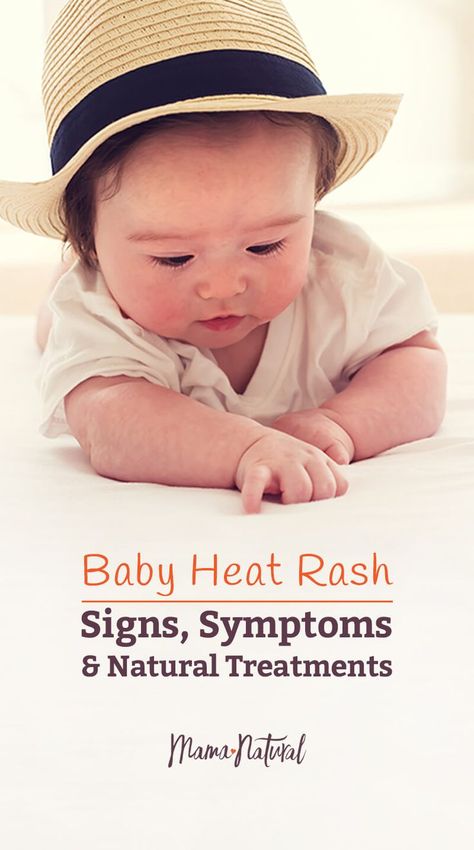
Non-urgent advice: See a GP if:
you think you have slapped cheek syndrome and:
- you're pregnant – there's a very small risk of miscarriage or other complications
- you have a blood disorder, such as sickle cell disease or thalassaemia – there's a risk of severe anaemia
- you have a weakened immune system – for example, because of chemotherapy or diabetes
Ask for an urgent appointment if you have:
- very pale skin
- shortness of breath
- extreme tiredness
- fainting
These can be signs of severe anaemia and you might be sent to hospital for a blood transfusion.
How slapped cheek syndrome is spread
It's hard to avoid spreading slapped cheek syndrome because most people do not know they have it until they get the rash.
You can only spread it to other people before the rash appears.
Slapped cheek syndrome is caused by a virus (parvovirus B19). The virus spreads to other people, surfaces or objects by coughing or sneezing near them.
To reduce the risk of spreading the virus:
- wash your hands often with water and soap
- use tissues to trap germs when you cough or sneeze
- bin used tissues as quickly as possible
Information:
You do not have to stay off work or school after the rash appears.
Let the school or teacher know if your child has slapped cheek syndrome.
Page last reviewed: 18 February 2021
Next review due: 18 February 2024
Rash in a child on the body, legs, back
We treat children according to the principles of evidence-based medicine: we choose only those diagnostic and treatment methods that have proven their effectiveness.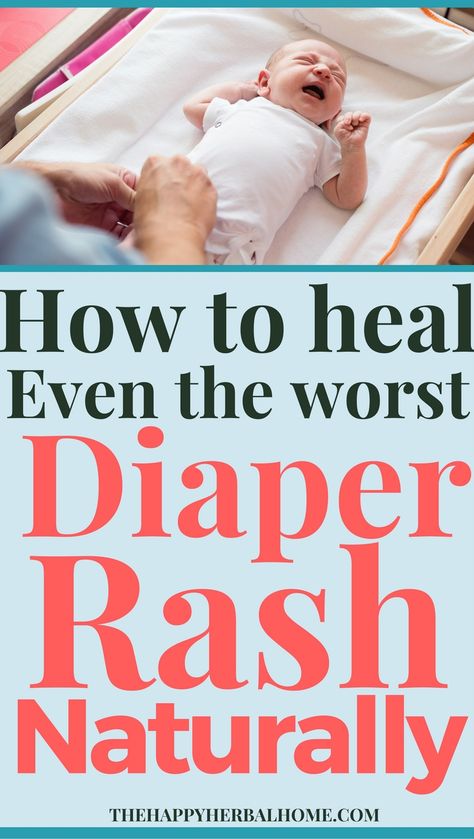 We will never prescribe unnecessary examinations and medicines!
We will never prescribe unnecessary examinations and medicines!
Make an appointment via WhatsApp
Prices Doctors
The first children's clinic of evidence-based medicine in Moscow
No unnecessary examinations and medicines! We will prescribe only what has proven effective and will help your child.
Treatment according to world standards
We treat children with the same quality as in the best medical centers in the world.
The best team of doctors in Fantasy!
Pediatricians and subspecialists Fantasy - highly experienced doctors, members of professional societies. Doctors constantly improve their qualifications, undergo internships abroad.
Ultimate treatment safety
We made pediatric medicine safe! All our staff work according to the most stringent international standards JCI
We have fun, like visiting best friends
Game room, cheerful animator, gifts after the reception. We try to make friends with the child and do everything to make the little patient feel comfortable with us.
We try to make friends with the child and do everything to make the little patient feel comfortable with us.
You can make an appointment by calling or by filling out the form on the website
Other Pediatric services
- Pediatrician's consultation
- Child Health Management Program
Frequent calls
- Acute bronchiolitis in children: diagnosis and treatment
- SARS
- Angina streptococcal tonsillitis
- Frequently ill child nine0034
- Intestinal infections
- Pneumonia (pneumonia) in children
- Colic
- Feeding problems
- Prolonged cough in a child: diagnosis and treatment
- Acute bronchitis in children: diagnosis and treatment
- Pneumonia (pneumonia) in children: diagnosis and treatment nine0034
- False croup in a child
- Coxsackie virus in a child
- The child was bitten by a tick! What to do?
Online payment
Documents online
Online services
- nine0079
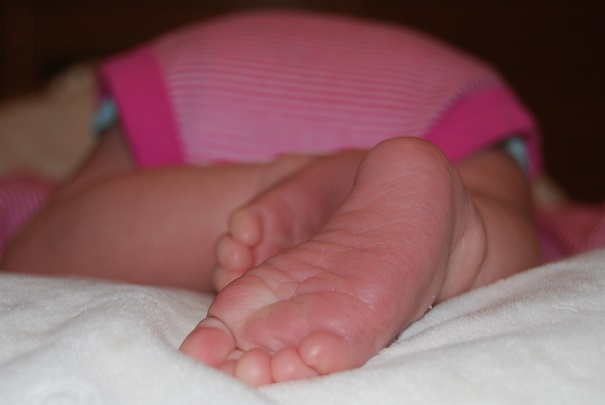 Types, diagnosis and treatment
Types, diagnosis and treatment Have you noticed a rash on your child's skin? Contact your pediatrician to find out the reason. Redness itself is not a disease, but can signal internal disorders in the body.
In the article we will talk about the causes, types and methods of treating rash in children. nine0003
What causes a rash?
Rashes on the skin of a child do not appear just like that. In any case, this is the body's immune response to the influence of external or internal factors.
Different types of rashes are similar in appearance, especially for parents who are faced with a problem for the first time. But if some spots are completely harmless, then others can threaten health. That is why it is important to understand their origin.
The main causes of the rash: nine0003
- Reaction to stimuli. If the child is dressed too warmly, the rash may be due to overheating and excessive sweating.
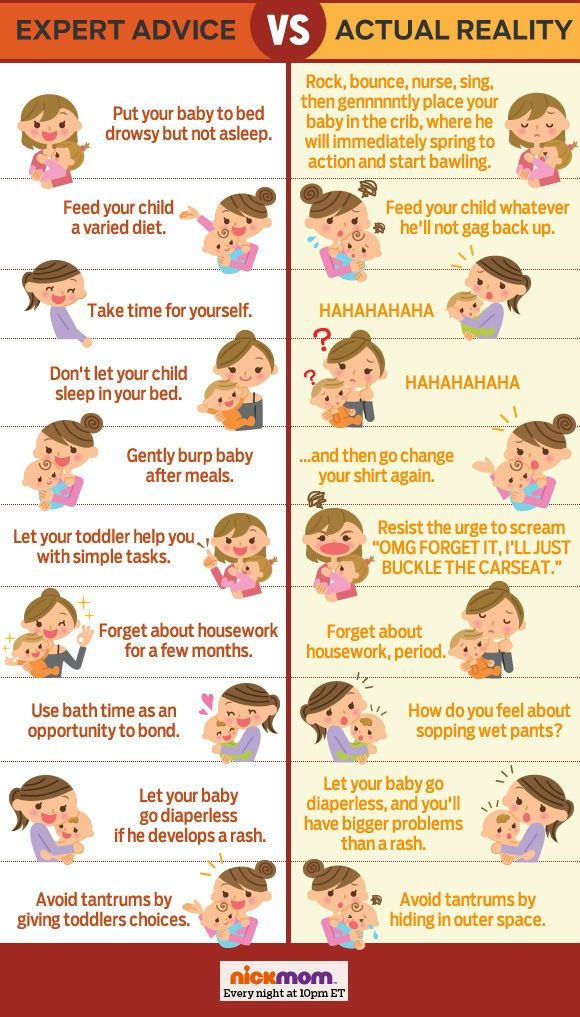 Most often, prickly heat occurs on the back, neck, chest and abdomen. The same goes for the diaper. If you do not arrange air baths and do not change it to a new one in time, the skin in the inguinal region and on the buttocks will disappear.
Most often, prickly heat occurs on the back, neck, chest and abdomen. The same goes for the diaper. If you do not arrange air baths and do not change it to a new one in time, the skin in the inguinal region and on the buttocks will disappear.
Prickly heat does not require special treatment, it is only important to eliminate the irritating factor. - Physiological. In the first months of life, breastfed babies are often diagnosed with infantile acne. With milk, maternal hormones enter the body, which activate the sebaceous glands. As a result, small comedones and pimples appear on the face. Over time, they disappear. nine0034
- Viral and bacterial infections. Measles, chicken pox, rubella, herpes simplex virus, roseola, scarlet fever, meningococcal infection, fungus and streptoderma. These diseases are characterized by specific rashes on the arms, legs and other parts of the body. Many are accompanied by itching and a steady increase in body temperature for 3-5 days.

- Allergy. Urticaria and various types of atopic dermatitis: eczema, diathesis, neurodermatitis. Spots without suppuration may cover the head, face, shoulders, armpits, back and groin. nine0034
- Comorbidities. Rash may indicate gastrointestinal, vascular, or kidney problems.
Eruptions in children
Depending on the appearance, localization and size, the following types are distinguished:
- Tubercles.
- Vesicles.
- Blisters.
- Purples.
- Pustules.
- Stains.
- Erythema.
Why are rashes dangerous?
With any kind of redness, it is important to consult a doctor to determine the cause. The most dangerous rash of viral and bacterial origin, especially if there are other symptoms: nine0003
- cough;
- sore throat;
- enlarged tonsils and lymph nodes;
- tearing;
- temperature increase.
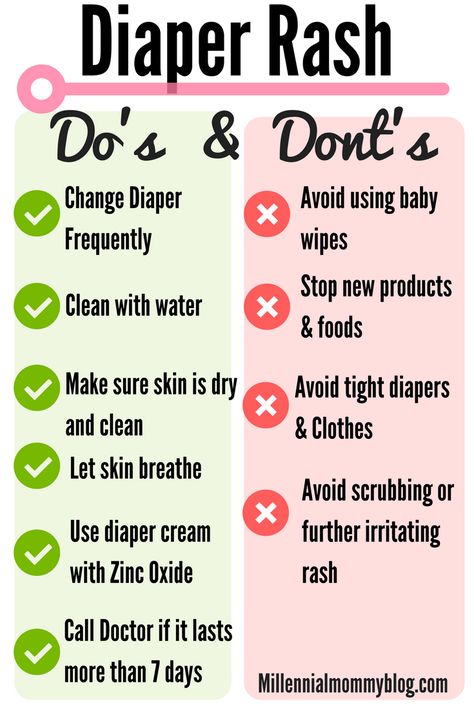
Without timely treatment, complications are possible. For example, measles can lead to pneumonia, meningitis, and hearing loss.
With skin allergic reactions, it is important to determine the source of the problem. A neglected allergy can cause swelling and suffocation.
What should parents do?
nine0002 If you find bumps, vesicles or redness on the child's body, proceed in sequence:- examine the entire skin;
- estimate the area and number of lesions;
- check throat, tonsils and take temperature;
- remember what the child ate, did or touched before the redness appeared.
Is the baby already talking? Then try to figure out what's bothering him. Ask about the sensations (spots hurt, itch) and general well-being. nine0003
If you have a high temperature, call your doctor at home. It could be a contagious infectious disease that definitely shouldn't be spread. But even if the child looks healthy and vigorous, do not postpone a visit to a specialist - make an appointment at a medical institution.
It is strictly forbidden to self-medicate, comb or squeeze out neoplasms.
Diagnostics
Diagnostic measures help to choose the right therapy. First, the pediatrician prescribes to small patients: nine0003
- blood, urine and feces analysis;
- skin scrapings;
- collection of exudate samples, in the presence of watery formations.
Based on the results, the doctor makes a preliminary conclusion and sends the parents with the child for examination to narrow specialists: an allergist, dermatologist, endocrinologist or gastroenterologist.
Treatment
Treatment of rashes is carried out in a complex way to eliminate both the symptoms and the cause. A young patient is prescribed anti-allergic, anti-inflammatory or hormonal drugs in the form of tablets, ointments or suspensions. nine0003
Along with this, parents are advised to reconsider nutrition and living conditions:
- exclude potentially allergenic products;
- use gentle detergents for the body, dishes and laundry;
- wear loose clothing made from natural fabrics;
- dress the child according to the weather, do not wrap too tightly to avoid overheating;
- change the diaper in a timely manner, arrange air baths and lubricate the groin area with a special cream.
